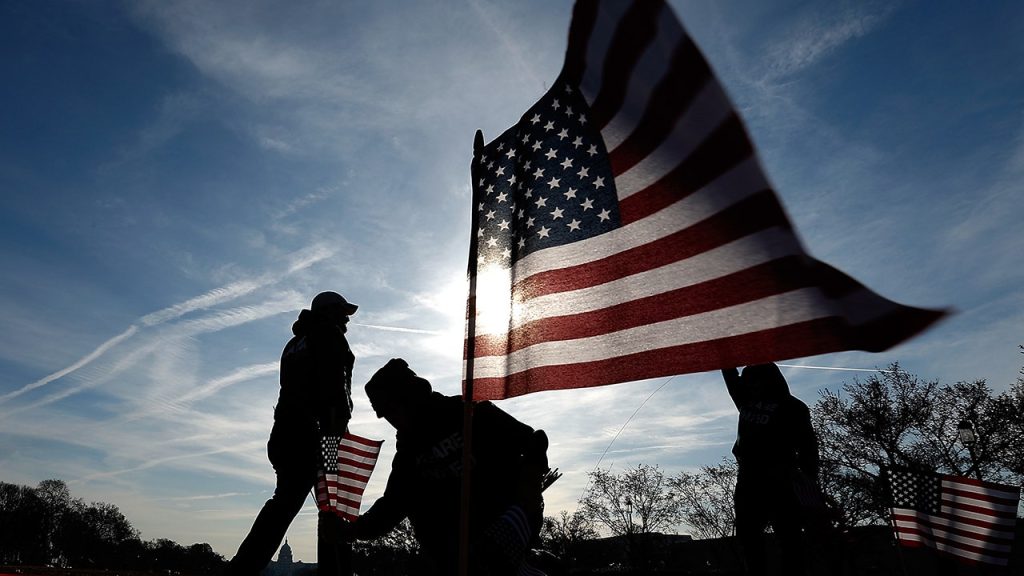On September 3, 1777, the American flag was flown in battle for the first time during a Revolutionary War skirmish at Cooch’s Bridge, Delaware. Patriot General William Maxwell ordered the Stars and Stripes banner was raised as a detachment of infantry and cavalry met an advance guard of British and Hessian troops. The rebels were ultimately defeated and retreated to General George Washington’s force near Brandywine Creek in Pennsylvania. The new national flag, known as the “Stars and Stripes,” was based on the “Grand Union” flag carried by the Continental Army in 1776 and consisted of 13 red and white stripes.
On June 14, 1777, Congress formally adopted the Stars and Stripes flag design, with 13 stripes and 13 stars representing the original colonies. General George Washington expressed that the stars were taken from heaven, the red from the mother country, and the white stripes represented liberty. The first Flag Day observance was held on June 14, 1877, marking the 100th anniversary of the flag’s adoption. Betsy Ross, a Philadelphia seamstress, was said to have designed the canton for the flag at General Washington’s request, although this legend remains unproven by historians.
Several acts throughout history have impacted the design of the American flag. The Flag Resolution of June 14, 1777, established the initial flag design of 13 stripes and 13 stars. Subsequent acts in 1794, 1818, and the 20th century changed the number of stripes and stars to reflect the growth of the country. Flag Day was officially designated as a national day of observance by Congress in 1949, recognizing its importance in American history. The flag’s colors each have a specific meaning, with red symbolizing valor, white representing purity, and blue signifying vigilance, perseverance, and justice.
Today, the American flag remains a symbol of freedom and liberty for Americans across the country. The flag’s 13 red and white stripes represent the original 13 colonies, while its 50 white stars on a blue field represent the 50 states. The flag is flown at half-staff or half-mast during times of mourning, as ordered by the president, state governor, or mayor of the District of Columbia. This gesture typically marks the death of a government official, military member, first responder, or other national tragedies, as well as Memorial Day and other days of remembrance.
The history of the American flag is deeply intertwined with the nation’s founding and growth, symbolizing the values and principles upon which the country was built. The flag’s evolution over time reflects the changing landscape of the United States and remains a powerful symbol of unity and patriotism. As Americans continue to recite the Pledge of Allegiance and honor the flag’s significance in national ceremonies and events, its enduring presence serves as a reminder of the country’s enduring commitment to freedom and justice for all.













